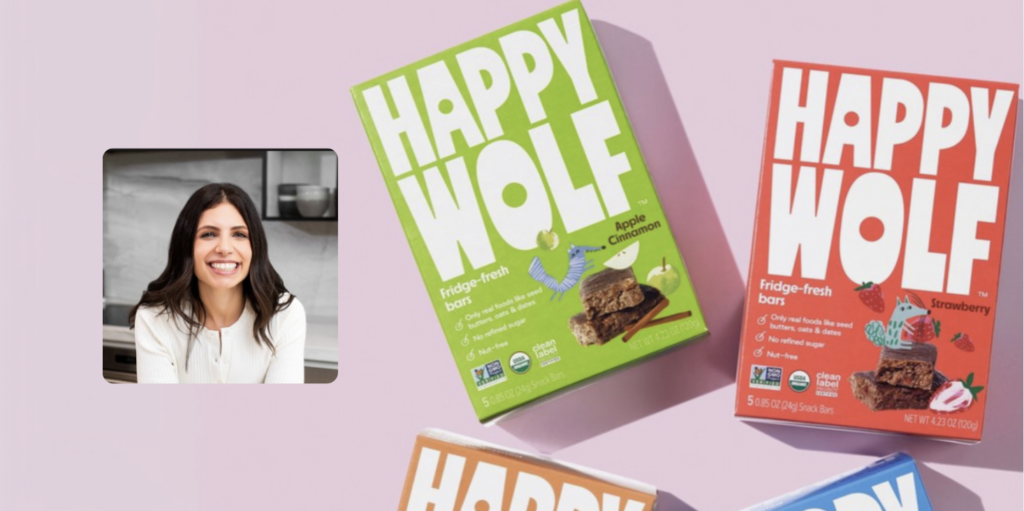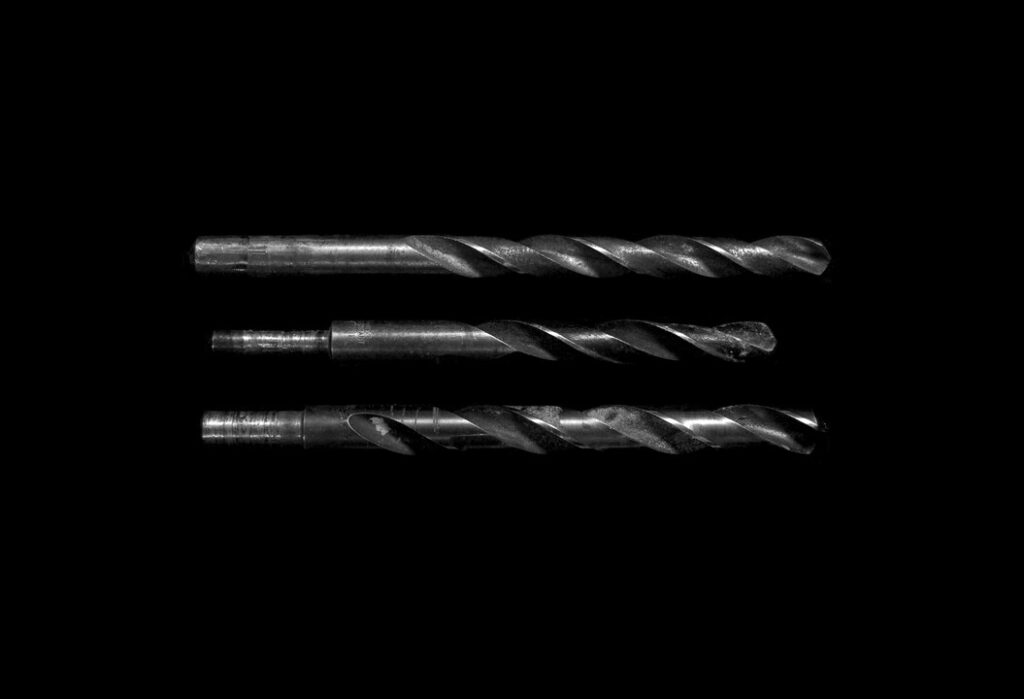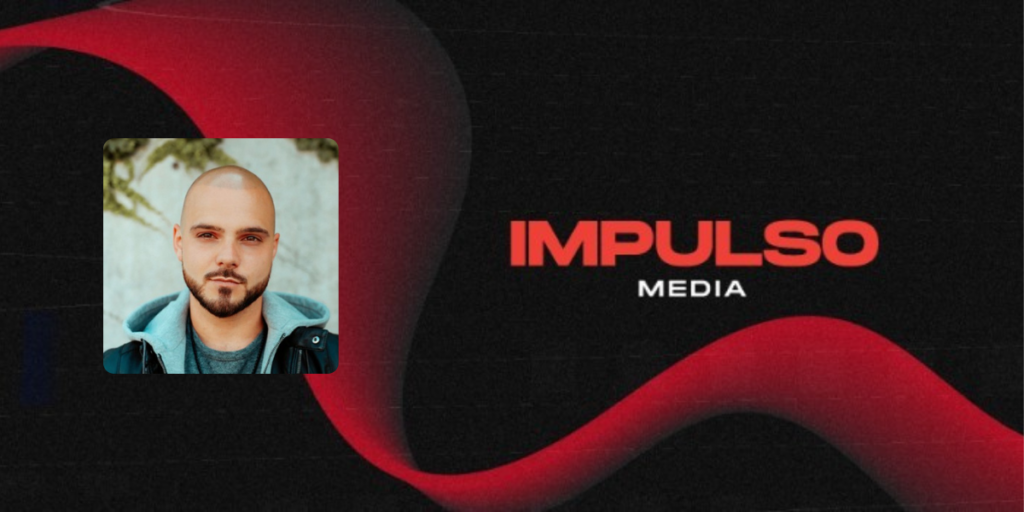
In the world of marketing, few leaps are as bold as going from working at a corporate giant to becoming a startup founder. Jana Goodbaum, former Head of Integrated Marketing Communications at Tim Hortons, traded in her office for the whirlwind of launching Happy Wolf, a kids’ snack brand that champions clean ingredients and parental ...




